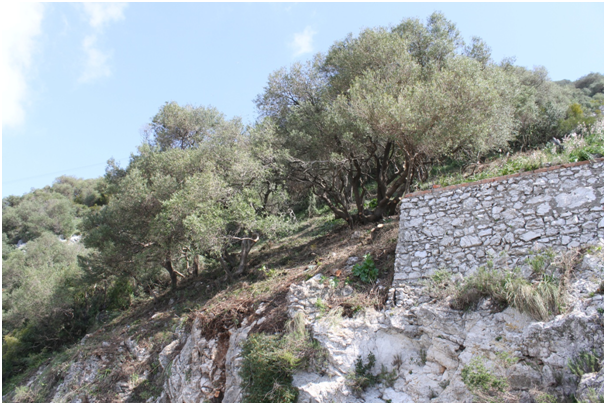Summer Students Learn the Art of Land Clearing for Conservation
What does Land clearing have to do with Macaques?
The dense wood that covers most of the Upper Rock Nature Reserve was never managed as woodland and in recent decades actually became overgrown with an ecosystem that was starting to look sickly.
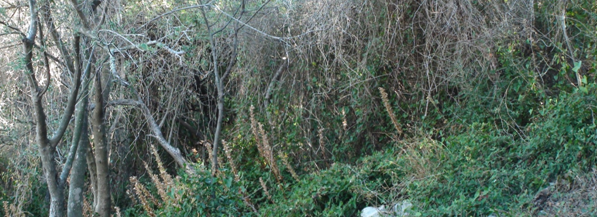
The wood was so thick that the macaques struggled to move though it in many places and some of their food plants could no longer grow under the dark canopy. No wonder the monkeys have been spending more time elsewhere.
After many years of campaigning by the Ape Management team the Government of Gibraltar reviewed the situation overall to allow some areas of woodland to be opened up in 2012.
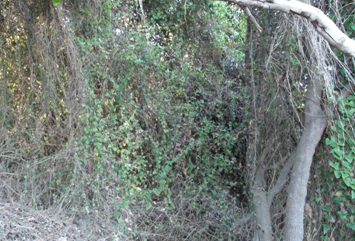
So How Can Chopping Down Plants Be Good for Wildlife and Nature?
The reason it took so long to allow woodland clearing to take place was because chopping down or even just trimming trees is usually seen as a bad and un-environmental thing by the general public. Many people have been thought that the deforestation for huge areas for urban development and agriculture is generally bad for wildlife and native ecosystems. But conserving a natural environment is more complex than just stopping it being built over.
Historically what is now Gibraltar’s Nature Reserve had a lot less trees, this was because of the high demand for firewood. It was only when electricity became the main source for heating and cooking that trees were able to grow unhindered.
This was great for trees but not so good for other species. While it might look green a closer inspection shows only a few specialists species of flora can live in its darkness.
Grasses and wildflowers that once made vast meadows up the rock are now restricted to sunny roadsides and a few firebreaks.
 Our native rabbit and Barbary partridge both have large eyes on the side of their heads so they can spot predators. But large eyes are useless when a thick tree canopy blocks their view of raptors in the sky and dense shrub gives feral cats a perfect position to ambush from cover.
Our native rabbit and Barbary partridge both have large eyes on the side of their heads so they can spot predators. But large eyes are useless when a thick tree canopy blocks their view of raptors in the sky and dense shrub gives feral cats a perfect position to ambush from cover.
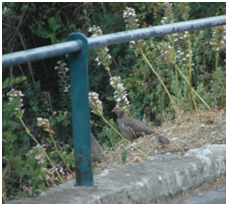
Results
After a few small areas were cautiously cleared the beneficial results became obvious almost immediately both aesthetically and for biodiversity.
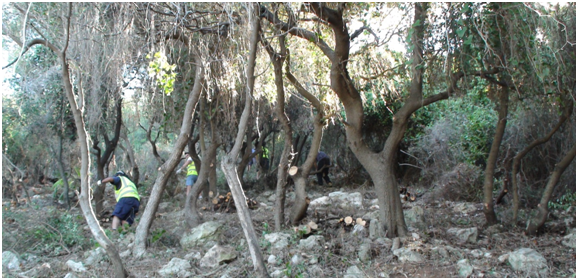
Given a mammoth task the Land management teams have truly proved their worth after being dropped in the deep end.
Woodland areas they have cleared now become carpets of wildflowers in the spring and we’ve seen a notable increase of rabbit and partridge numbers.

During the heat of the day young macaques will run and play along the smooth branches while the older adults nap in the shade.
Well done to Gibraltar’s Land Management Team for stepping up to the challenge and thank you to the summer students for their enthusiasm for getting stuck in with local environmental conservation.
Even something as grand and ancient as woodlands can need a helping hand.
